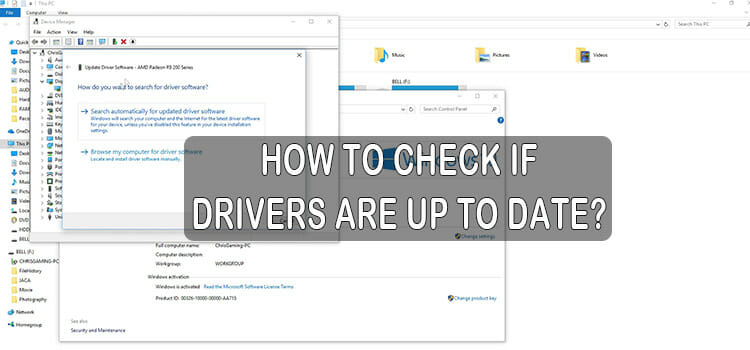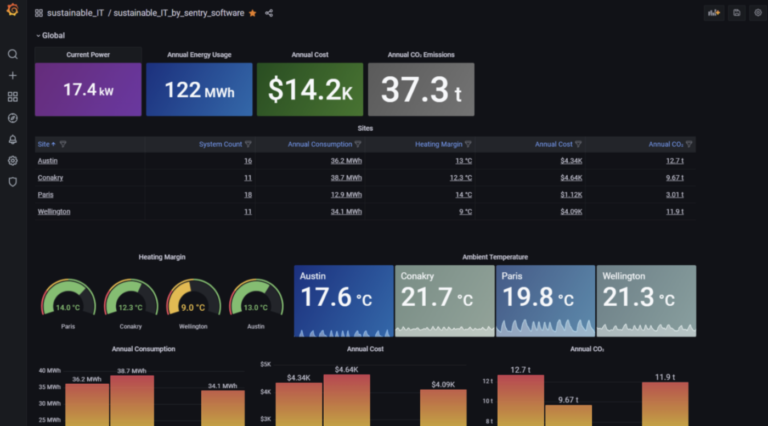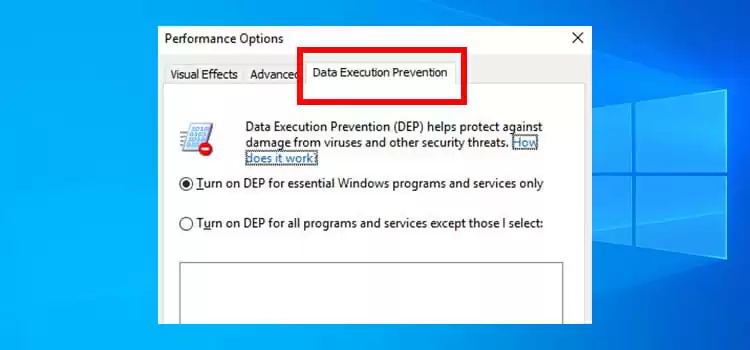Precision in Every Line: Real-Time Operating Systems (RTOS) in Embedded Software
The embedded software, the heartbeat of innovation pulsates through Real-Time Operating Systems (RTOS). Picture this: a medical device, tasked with monitoring a patient’s vital signs, must respond within milliseconds to ensure accurate and timely data. This urgency is precisely where RTOS shines. The silent architect shaping the user experience of embedded software is the embedded software development company. It is these companies that master the symphony of code, end-users receive flawless applications, from life-saving medical devices to seamlessly integrated automotive systems.
However, some may balk at the idea of developing their own embedded digital product, envisioning complexity, and costs, or deeming it unnecessary for their projects. Let’s unravel these misconceptions and enter into the realm of RTOS, where complexity transforms into streamlined development, costs diminish, and performance peaks. In the labyrinth of embedded software, we found ourselves navigating a project fraught with missed deadlines and erratic responses. The quest for a solution led us to the door of Real-Time Operating Systems — knock!

What Is RTOS and Why Is It Important for Embedded Software?
When it comes to software orchestration, RTOS takes the conductor’s baton, ensuring precision in every note. It, unlike General-Purpose Operating Systems (GPOS), operates with deterministic timelines, critical for embedded systems. Consider automotive applications — the seamless coordination of sensors and actuators demands split-second decisions, a realm where RTOS excels. Embedded hardware engineering companies e.g., Sirin Software’s expertise spans industries from healthcare to aerospace, and they are already using RTOS to create flexible and reliable embedded solutions across the Internet of Things.
An RTOS Typically Consists of Three Main Components:
- A kernel, which is the core of the operating system, manages tasks, resources, and interrupts.
- A middleware is a set of software libraries that provide common services and functionalities for the application layer, such as communication protocols, file systems, or graphical user interfaces.
- An application layer is the user-defined code that implements the specific functionality and logic of the system.
How Does an RTOS Work?
It works by using a preemptive scheduling algorithm that assigns priorities to tasks and interrupts. A task is a unit of work that can be executed by the processor. An interrupt is a signal that indicates an event that requires immediate attention by the processor. A priority is a numerical value that determines the order of execution of tasks and interrupts.
The RTOS kernel maintains a ready queue of tasks that are waiting to be executed. The kernel always selects the highest-priority task from the queue and runs it until it is completed, blocked, or preempted by a higher-priority task or interrupt. A task can be blocked when it is waiting for an external event, such as an input from a sensor or a message from another task. A task can be preempted when a higher-priority task becomes ready or when an interrupt occurs.
An interrupt handler is a special type of task that is executed when an interrupt occurs. The interrupt handler performs the necessary actions to service the interrupt and then returns control to the kernel. The kernel then resumes the execution of the previous task or selects a new one from the ready queue.
What Are the Benefits and Challenges of Using RTOS?
Harvesting Benefits
RTOS infuses embedded software with lots of advantages. Imagine a performance boost, a reduction in development intricacies, heightened scalability, and fortified security. RTOS, a catalyst for efficiency, transforms challenges into triumphs.
Navigating Challenges
Yet, challenges loom. The learning curve can be steep, resources scarce, and debugging efforts intensified. Balancing functionality with performance becomes a delicate dance. Acknowledging these problems, you should contact professionals in the field who will develop solutions for you that allow you to reap the benefits without succumbing to pitfalls.
How to Choose the Right RTOS for Your Embedded Software Project?
Deciphering the Code
Deciding the right RTOS demands decoding the project’s DNA. Factors such as memory size, processing speed, and hardware compatibility shape the selection process. Choice also extends to a myriad of RTOS options, from FreeRTOS to VxWorks, ensuring a tailored fit for your project.
Guiding Light
- Start by defining your project requirements, such as the hardware platform, the performance goals, the memory constraints, the security standards, and the development tools.
- Next, research the available RTOS options that match your requirements. Predictable Designs supplies the query of how to decide RTOS to get some useful results.
- Then, narrow down your choices by evaluating the RTOSes based on some key criteria, such as the memory footprint, the interrupt latency, the context switch time, the determinism, the scalability, the reliability, the support, and the cost.
- Finally, test and verify the RTOSes on your hardware platform and measure their actual performance and behavior. You can also use some benchmarks and tools to help you with this step. For example, you can use the EEMBC benchmarks to measure the RTOS efficiency and responsiveness.
How to Design, Implement, and Test Rtos-Based Embedded Software?
RTOS-Based Software Design
Designing RTOS-based software unfolds in harmonious phases. Analysis sets the stage, defining requirements and priorities. Designers of embedded software engineering companies create architectural sketches and select the ideal RTOS and hardware. Implementation breathes life into code, seamlessly integrating with the chosen RTOS. Testing, the grand finale, ensures each note plays flawlessly.
Guiding Notes
The company’s experts in the development of digital embedded equipment advise you to embrace modular structures, adhere to coding standards, document with clarity, and wield version control as your baton. Their tried-and-true methods transform complexity into coherence.
Phases of Development
- Analysis: Define system requirements, tasks, and timing constraints.
- Design: Select hardware, design architecture, and define interfaces.
- Implementation: Code tasks, and integrate with hardware and RTOS libraries.
- Testing: Verify functionality, debug errors, and validate system behavior.
What Are Some of the Best Practices and Tips for Using Rtos in Embedded Software Development?
Embark on Success
Navigate the RTOS realm with the precision of a skilled navigator, fine-tune relentlessly for peak performance, fortify your path with reliability, and embrace the evolution of a seasoned traveler. Let established leaders like Sirin Software be your North Star, lighting the path to triumph in embedded software.
Best Practices
- Right RTOS: Align the RTOS with system requirements.
- Performance Optimization: Minimize task switching and communication overhead.
- Reliability and Safety: Proper error handling and fault-tolerance mechanisms.
- Regular Updates: Keep the RTOS updated for the latest features and fixes.
Conclusion
When it comes to software orchestration, RTOS is the master chef, ensuring quality in every dish. RTOS, unlike General-Purpose Operating Systems (GPOS), operates with predictable outcomes, essential for embedded systems. Think of automotive applications; the flawless coordination of sensors and actuators requires instant actions, a domain where RTOS shines. Embedded hardware technology companies e.g., Sirin Software’s expertise covers industries from healthcare to aerospace, and they are already using RTOS to create adaptable and dependable embedded solutions across the Internet of Things.
So, as you embark on your journey in RTOS-based embedded software, remember – choose wisely, optimize tirelessly, and let the silent architects, exemplified by Sirin Software, guide your project to a crescendo of success.
Subscribe to our newsletter
& plug into
the world of technology





